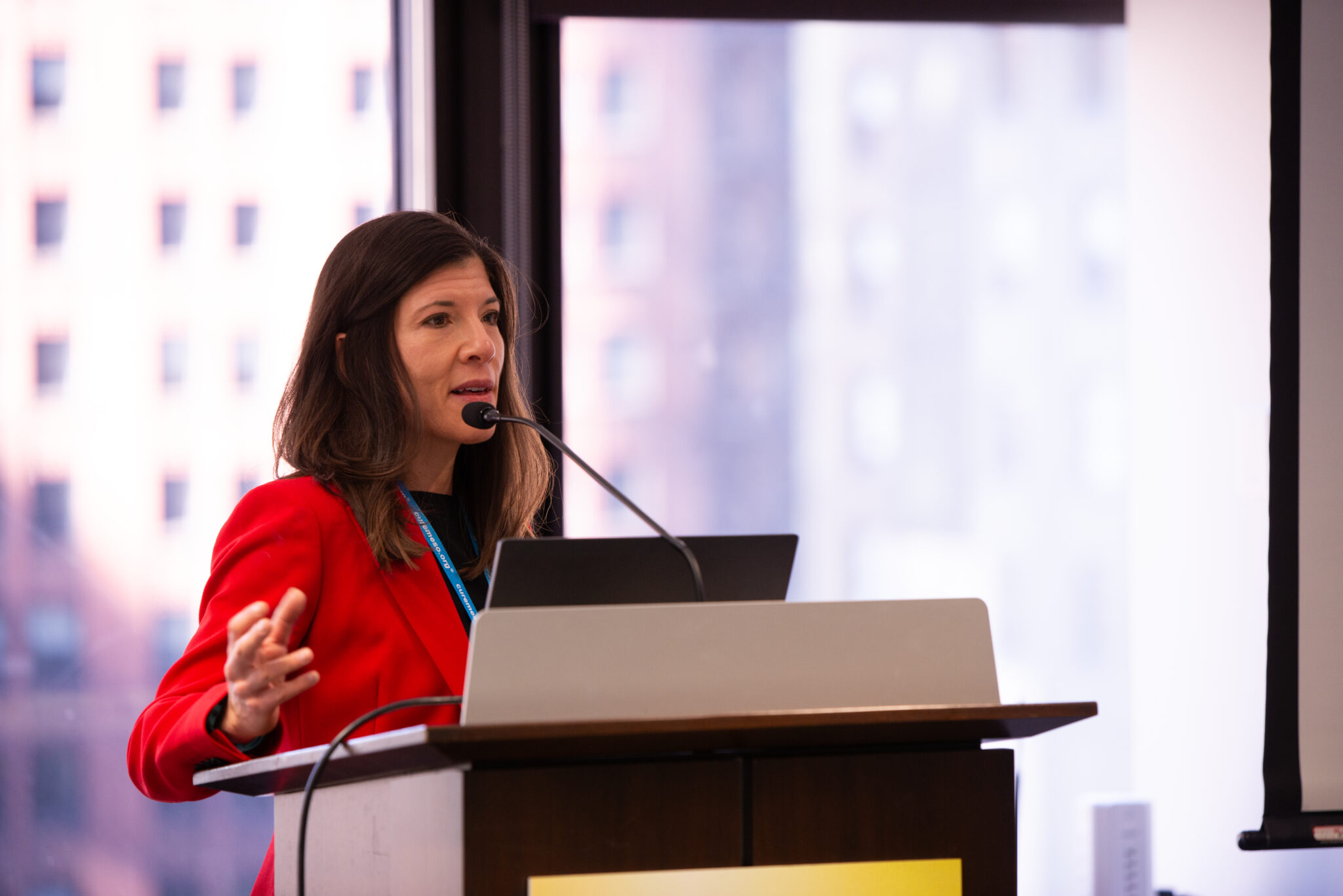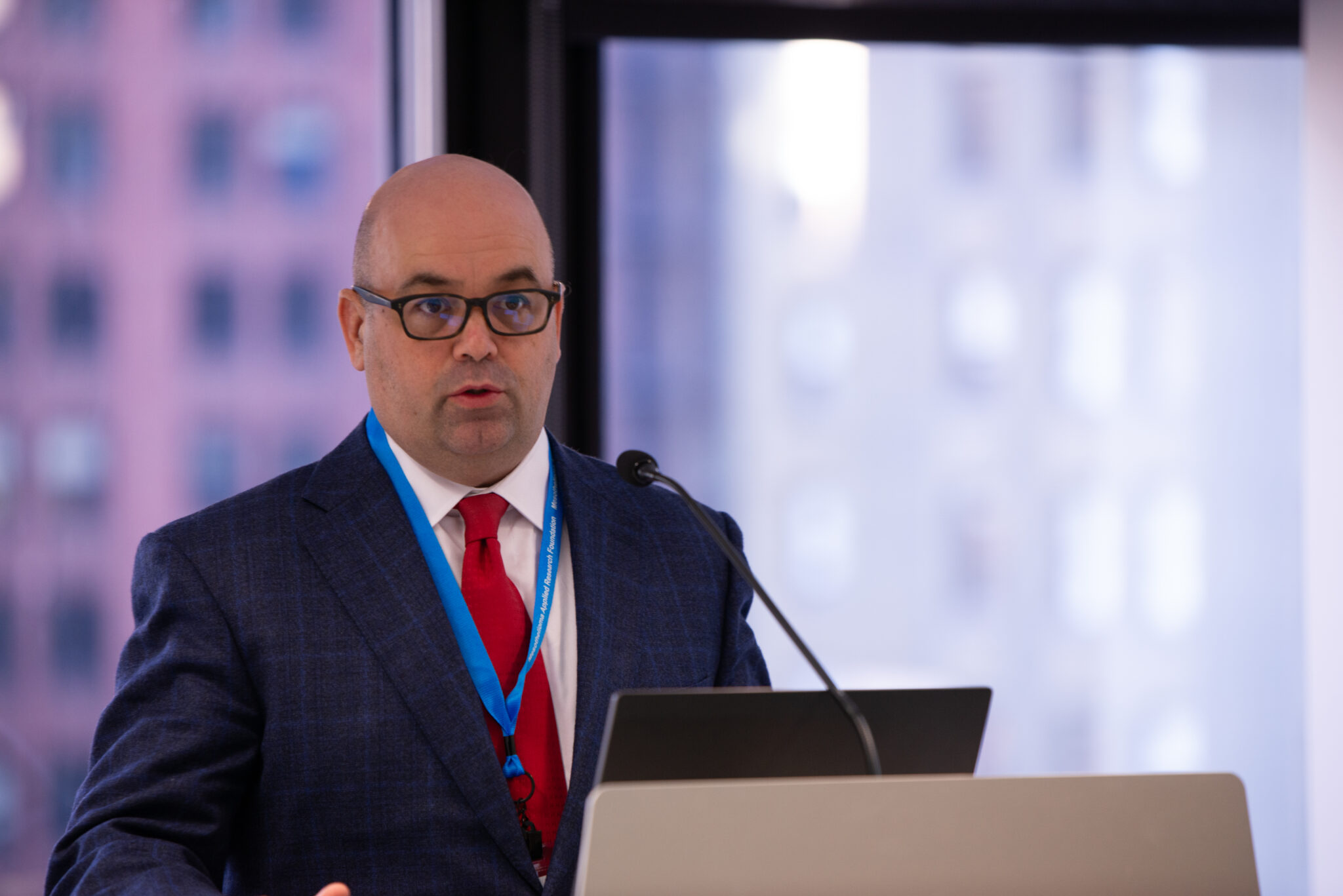by Christopher Graham
Eventually, my surgeon came in the room. It was actually the first time I’d seen him wearing scrubs. In clinic, he’s quite the snazzy dresser – bow ties, cuff links, and of course, matching shoes and belt. He has inspired me, really, and if and when I make it to being an attending physician myself, I’m going to be a snazzy dresser too. And he’s also a fantastic role model for the ideal bedside manner. He always went out of his way to find something other than the cancer or the surgery to talk about, even if just for a minute. That brief moment of human connection with someone else, particularly someone whose gloved hand is about to be rooting around on your insides, is fairly important. And, he was one of those guys who, like me, made sure that all of the patient’s questions – my questions – were answered. You have to trust your surgeon or proceduralist[ref]A “proceduralist” is a doctor who primarily does procedures. Surgeons are the most obvious example, but there are plenty of other ones: GI docs doing scopes, cardiology and IR doing catheter-based procedures, ER doctor placing a central line or chest tube, etc.[/ref] pretty much implicitly. He understood all of this, and his actions showed it.
The first time I met the surgical oncology fellow, though… well, that was a whole different story. They had already wheeled me into the OR. It’s intimidating as shit, even for someone like me who is used to being in procedure rooms. Enormous lights are everywhere. The anesthesia machine fills up a good chunk of the room. I think the rooms look different, somehow, when you’re the patient. There’s something about all that damn equipment, equipment meant for you, that tells you you’re about to go through the proverbial meat grinder. Do they really need this many people just for my operation? What did I get myself into? But I was too far down the rabbit hole to turn back now. I wiggled on over to the narrow and slightly uncomfortable operating table.
And before I knew it, I was strapped down to the table (or, as one of the surgery residents I worked with during medical school used to say, I had my big black strap on), I had a mask over my nose and mouth, and the anesthesiologist was telling me to count backwards from ten. I think I was at 7 or 6 when the surgical oncology fellow decided that would be an appropriate time to introduce herself. She stood by my head, with her surgical mask on, as my mind was slipping away into unconsciousness, and said, “Hi, I’m the surg onc fellow.” And that was it. I was out. Not even a name. The last thought that passed through my mind, before I slipped into Morpheus’ realm, was that I was never again going to do a case, on anyone, without introducing myself to them beforehand.
Look, I understand how stuff like that happens. It’s an artifact of being in a training hospital. Often, particularly in procedural fields like surgery, there’s a very clear hierarchy of responsibility. The intern – someone in their first year out of medical school – is the person we refer to in our more cynical moments as the “scut monkey.” That’s not an official term, of course. But it is a very accurate description of what they’re doing. “Scut” is the annoying and tedious work that comes with being a doctor. The part of the job that’s only tangentially related to taking care of people. Writing progress notes in the morning. Putting in orders. Following up on labs or imaging studies. Answering pages to the service. Working up new consults. In short, doing “floor work” (as opposed to operating room work) and running around putting out fires for the patients on the service.
If that sounds like the work of being a doctor, I guess it is, kind of, but really being a doctor is about making decisions. Looking at all of the data you have and deciding what you think is going on, and then deciding what should be done about it. That’s the real work, on a mental level. Even surgeons, who are tasked with mastering the immensely difficult and humbling skill of surgery, must also gain the requisite medical knowledge and clinical experience to determine when to take the right patient to the OR, at the right time, what to do when you get there, and what to do when things don’t go according to plan. The upper level residents, fellows, and attendings are the decision makers. They have the requisite experience and judgement to make good decisions.
The interns and medical students are the information gatherers, but you have to walk before you can run, as they say, and that’s why “scut work” is part of the education process. It’s the reason that medical education takes so long, too. Good judgement, one of my attendings used to say, comes from experience. Unfortunately, experience comes from bad judgement. And that’s why we have hierarchies. So that everyone’s work is supervised at multiple levels. Residents higher up on the food chain get more and more responsibility, including overseeing the work of more junior residents, until they’re in their final year of residency, or in fellowship, at which point they’re mostly just operating and making the big decisions. Attendings oversee all of us and are ultimately responsible for all of the patients on their service.
So I wasn’t mad or even upset, per se. I knew why it went down like that. And I’ve certainly come into cases after the patient had been consented and sedated and have either done or assisted in doing the case – under my attending’s close supervision, of course. But, something about that approach, now, just didn’t sit right with me. Since that happened, I’ve decided that I’m never going to do a case on someone who doesn’t know my name, and whose hand I haven’t shaken. Well, I suppose, unless they don’t want to shake my hand. That’s cool too.
I think the thing that trainees (residents and fellows, and often medical students) fail to recognize is that patients see us as their doctors too. Even though we may feel like “just residents,” we still have MD or DO after our names (or close enough), and to patients that means we’re their doctors. That means something to patients. They, by and large, have no idea about the different levels of physician training. We’re a doctor, someone else is a nurse, and yet someone else is a tech, whatever. They don’t care about the distinction between the intern, or the resident, or the fellow – all of our badges say MD/DO. It’s all the same to patients. It’s our responsibility as physicians to establish and maintain a good doctor-patient relationship, even when we’re “just” residents.
A lot of the rest of this chapter is basically what I’ve been told, and have since read, about the surgery. Clearly, I wasn’t in any condition to observe any of this myself.
Continue reading in the next installment of Christopher Graham’s story here: Chapter 2 | Part 4: So What Happened During My 12 Hour Surgery?
Read the previous installment by Christopher Graham here: Chapter 2 | Part 2: Assuming the Role of Surgical Patient as a Doctor




